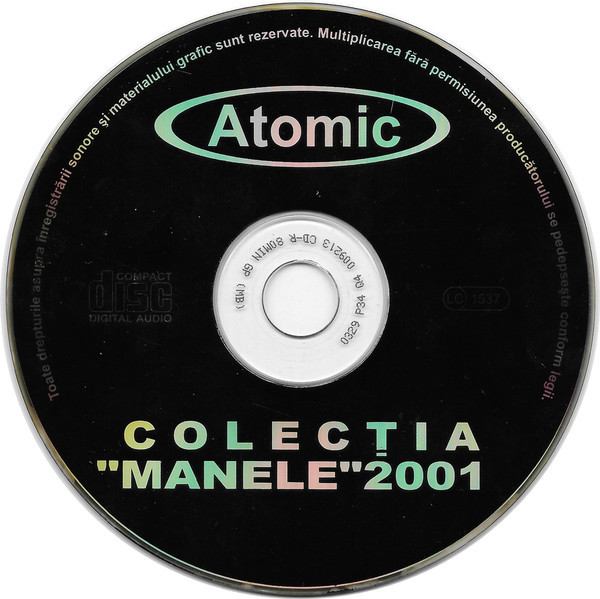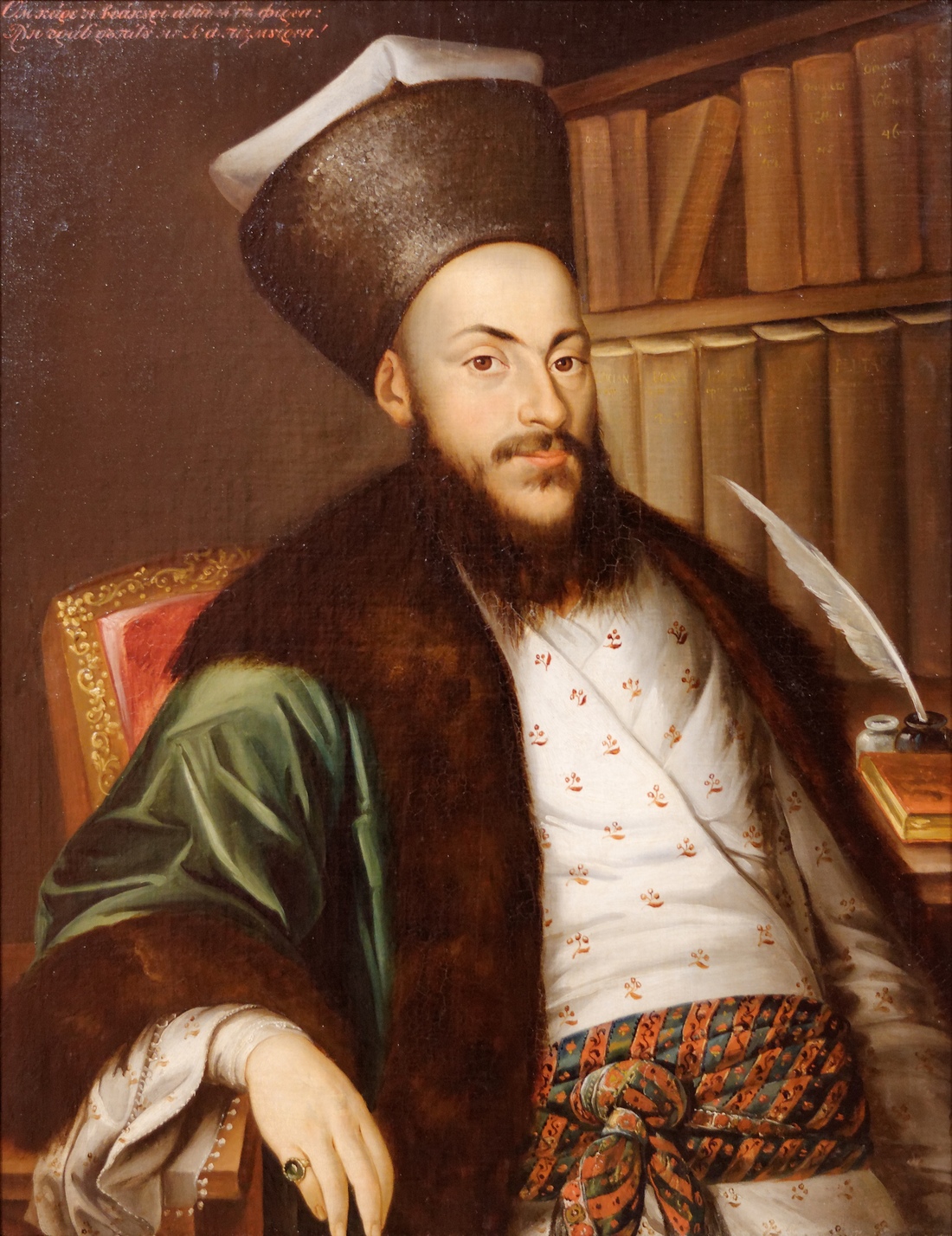
Romica Puceanu, Gabi Luncă - Muzică lăutărească casette tape, Electrecord, 1977 (source: Discogs)
The year of 2001 could be the one of the escalation of a major cultural conflict within the Romanian society that emerged from the more than difficult decade of the so-called transition from communism to capitalism. Those were the times when some "brigades" did not unite with the others, to quote a famous
song by Florin Salam, but started to operate a sanitization work that went to the core of an increasingly profitable entertainment industry—the one place where manele and dance pop music, for example, got along very well at the time. The danger that Oișteanu, George Pruteanu, and all those hot-headed guests of Marius Tucă Show on TV, and all the other apologists of the detoxification of orientalism and triviality through westernization were afraid of was the very loss of identity. What could be interesting here is the fact that among the counter arguments the cultural elites, followed by an emerging middle class, threw in this guerrilla war there were songs such as the one performed by Gabi Luncă. The appeal to authenticity, to the purest form of lăutărie as an incomparable art form works flawlessly in the game of polarization—virtuosity versus lack of talent, honesty versus artificiality. But if we admit that
"Bambina", the nineties hit of Adrian Copilul Minune, is one of the updates to
"Mama mea e florăreasă", we can believe in a principle of continuity, in a continuum so specific to pop music. There is also a continuum in what we might call the assertion of the manelization threat.
From claims such as “We witness in our region a total manelization for the public discourse and political vocabulary. Literal manelization, also conceptually, through vocabulary” (
Dan Alexe, Radio Free Europe) to "We do not mind Guță’s
manea song, but we revolt against the manelization of Romania" (
Ionel Dancă, National Liberal Party spokesperson, during the 2019 election campaign), the condemned connection between pop music and politics is ever present in the local discourse. Manelization attacks the idea of a Roma culture that becomes
mainstream, with all the well-known stereotypes—lack of formal education, swearing, antisocial behaviour, lack of class adequacy, dilettantism etc., transforming the Romanian social body into something that is not. Of course, this process is an illusion and it can be easily reasoned against but our interest in this aspect is the connection of social transformation to pop music.
Part of a cultural industry that plays globally, manele performs quite well the discrepancy between what they really are and what they pretend they are at their peak success. The manele songs benefit from the sophisticated technology of dissemination to create taste and play the card of musical democratization, liberal individual diversity but also, through their standardization and the conventional style of their consumption, manele music functions also as hyper-efficient tool for matching collective attitudes and beliefs to social norms.
The idea of manelization is not new and one can find its predecessor in
Lăutărism, a concept explored by the philosopher Constantin Noica in similar negative panicking terms: the threat of joining the ranks of lăutărism is ever present and can make anyone a victim. Its meaning relates the social explanation of reality to the imitative manner of cultural production, the focus on improvisation, lack of creativity and measure, bad taste, immediate success, banal and exotic folklorism, untrustworthiness: "At the immediat level below that of the man of great stature, the creative polyhistorism of the Romanian, his openness to too many things at once, his comprehending lacking of profoundness and vision, become lăutărism. I haven't found a more suitable term and I am not looking for another one either, because it is all about the triumph of playing it 'by ear', of doing it like Barbu Lăutaru, who astonished Liszt with the ease with which he played a never heard before song".
Lăutărism, a naming connected to the old Romani musicians, lăutari, the former slaves of the social elites, is followed by Noica historically from the eighteenth century, in an attempt to separate the true elites from the corrupted imitators. Surely,
Barbu Lăutaru got to impress Franz Liszt but that wouldn’t come close enough for the Romanian philosopher to create a culture. An identity.






